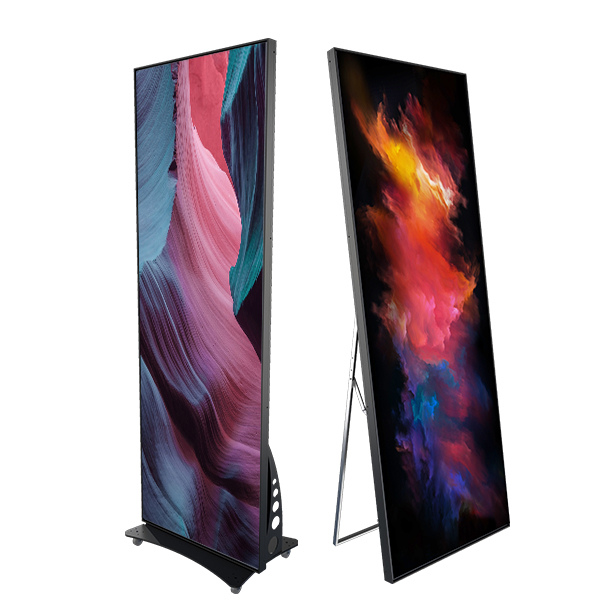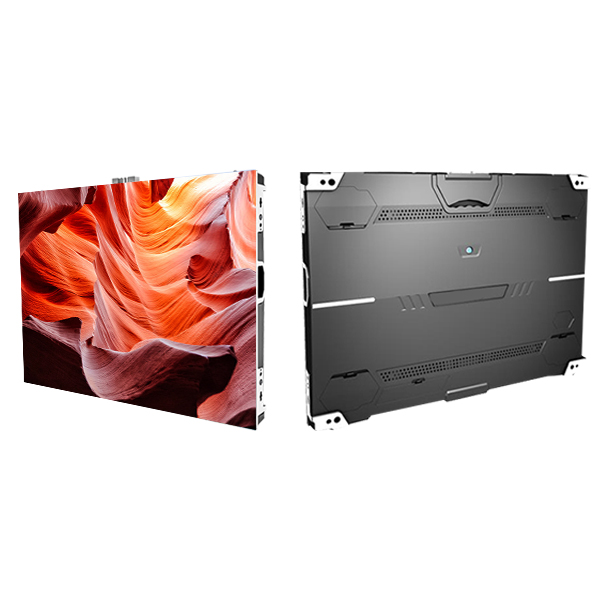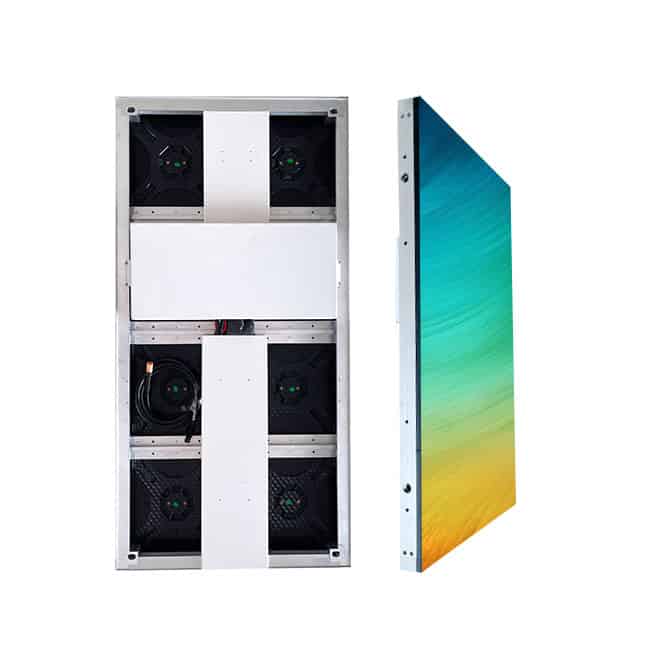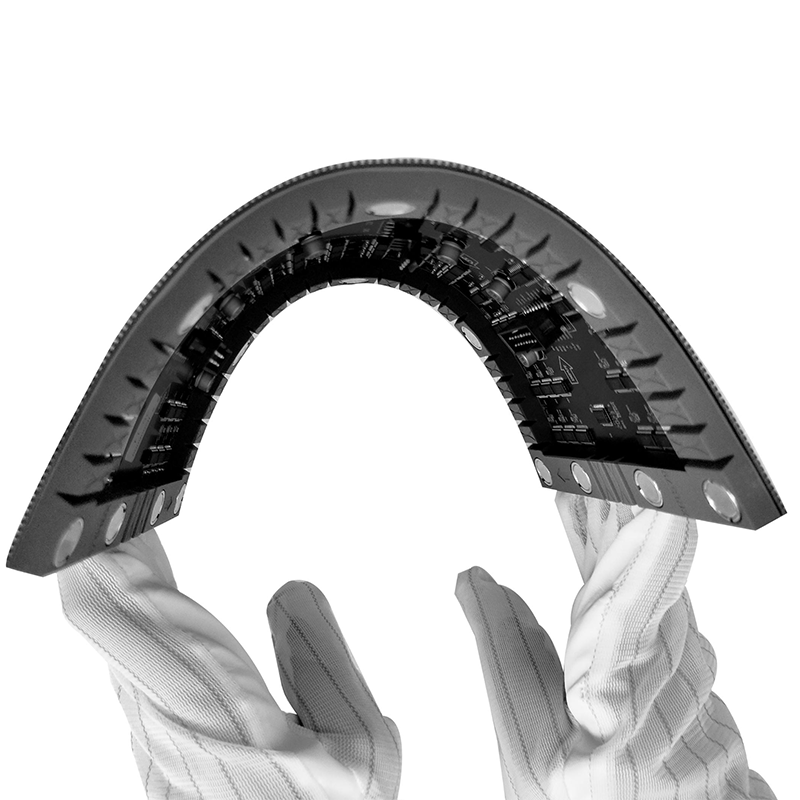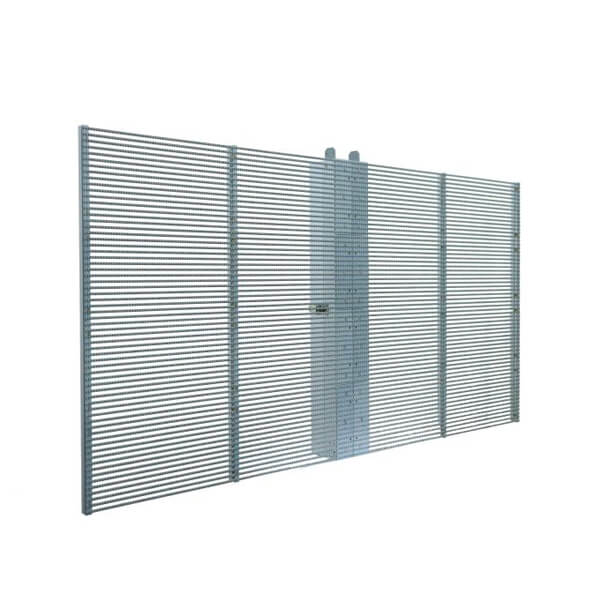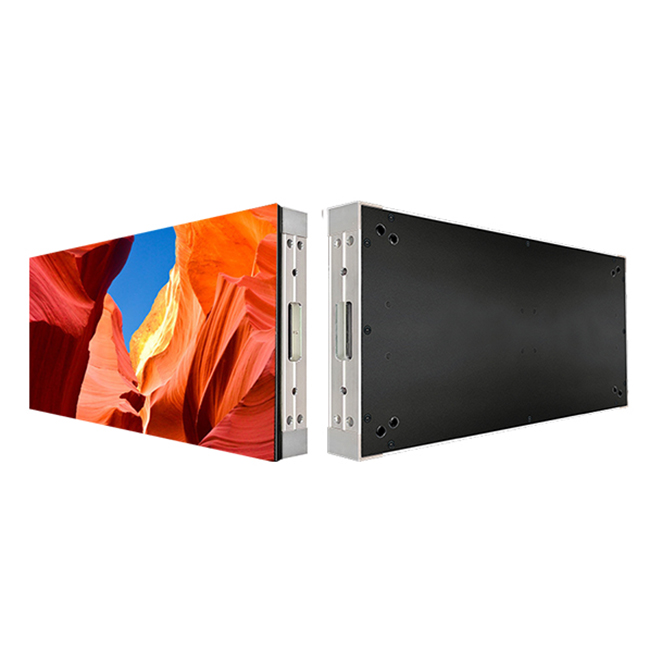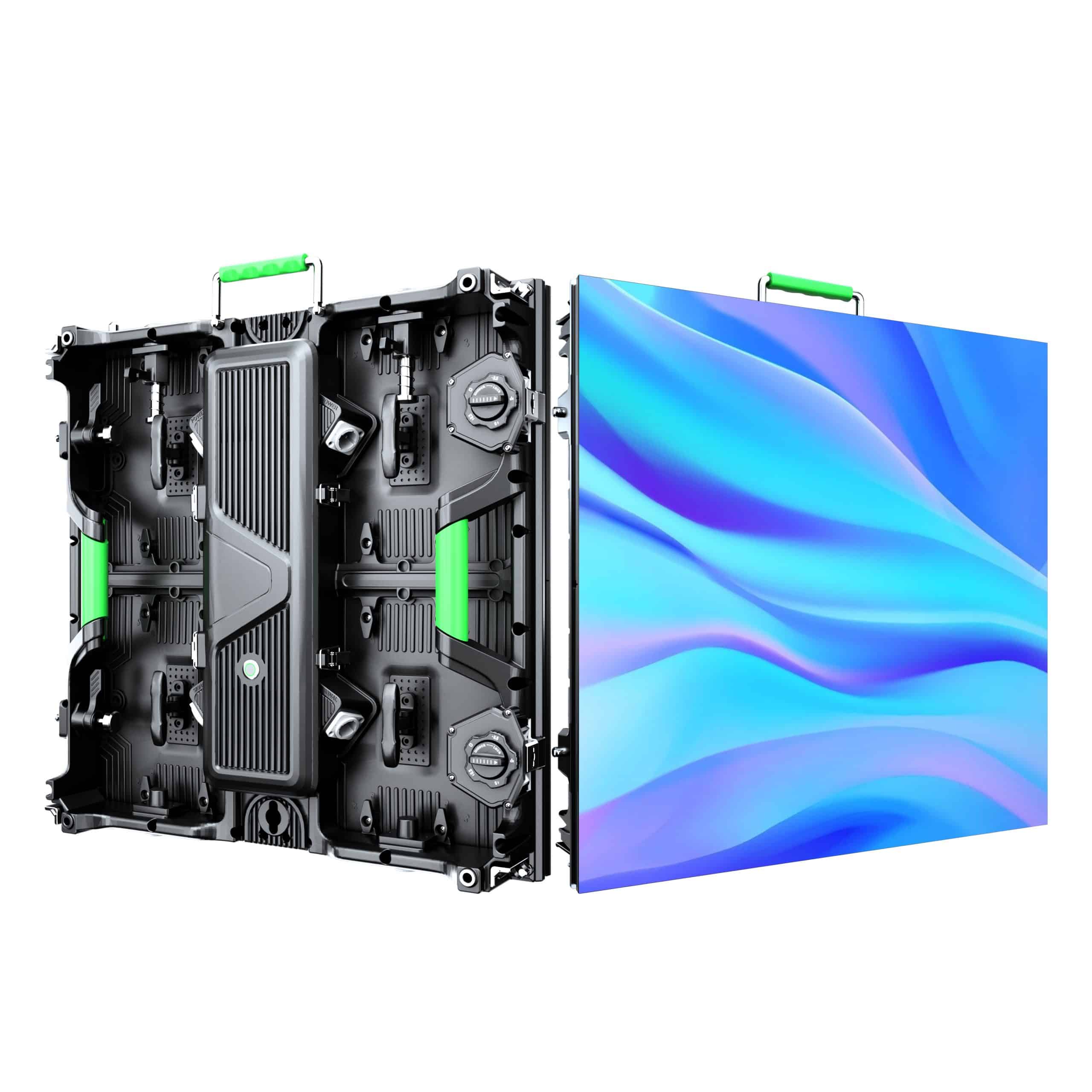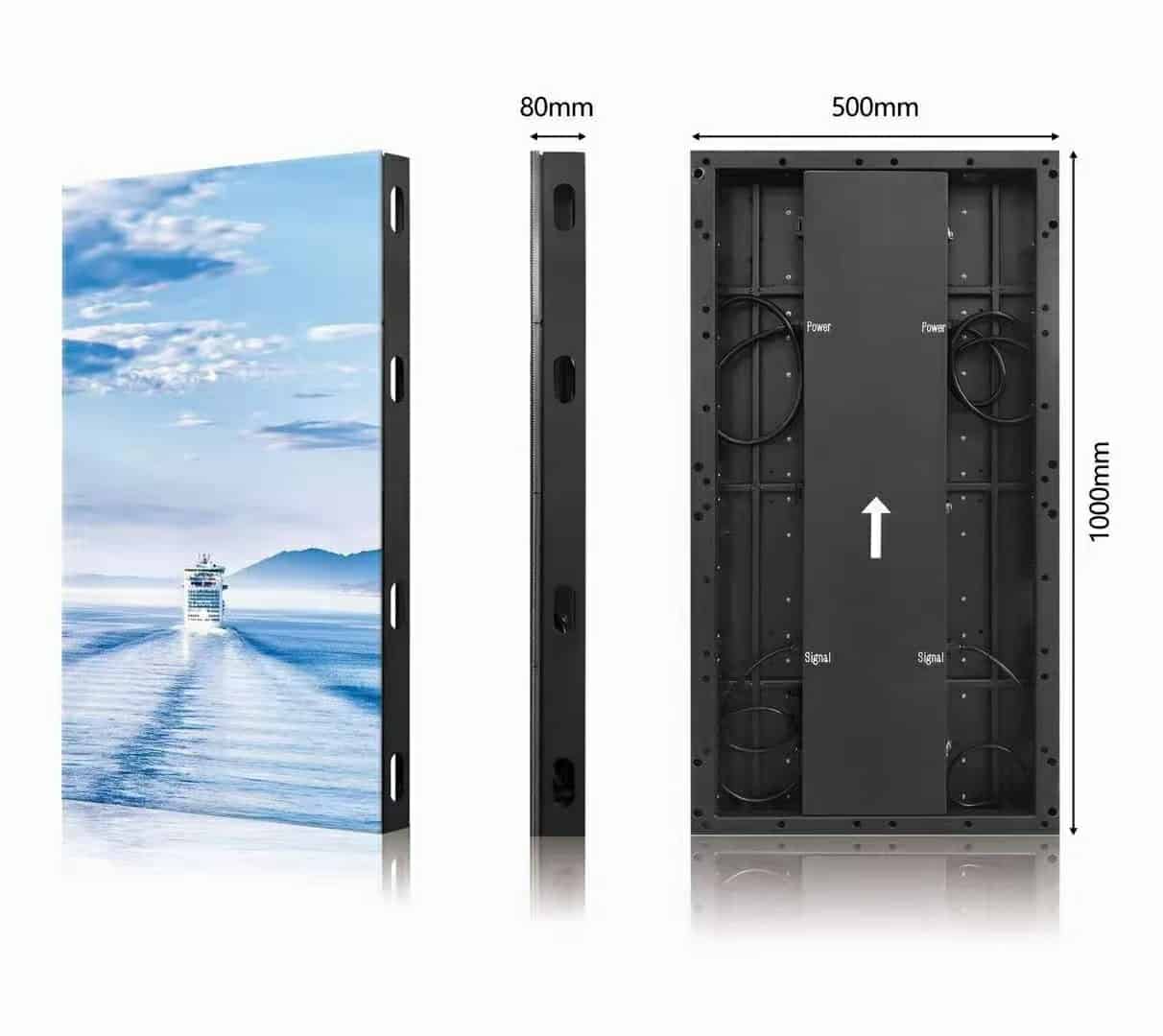TV Display led Vs LCD TV Display
TV Display LED vs LCD: 7 Differences Between LCD and LED TV.
LED and LCD are two acronyms that people often use interchangeably, and that’s not entirely incorrect. However, a TV display LED does differ from an LCD TV display in some respects, but they also share some standard features. Confusing, no? We understand.
To make matters worse, LED manufactures have also launched new variants for the TV display LED called OLED and QLED. But that’s a topic for another day. This article will highlight some of the differences between LED TV and an LCD TV.
You May Also Read: A Complete Guide on How to Buy LED Screen
But first, let’s explain what LCD and LED display technologies are and what makes them similar. Because it’s the similarities that give way to differences. Right?
What is a TV Display LED?
An LED TV display is a variant of the LCD TV display. How? We will explain in a bit.

A TV display LED comprises of light-emitting diodes that emit light every time the current passes through them. These have liquid crystals sandwiched between two screens that allow the light to pass through and create images.
However, not all LEDs work on this principle. There are some newer models which do not use liquid crystals. Instead, they have pixel panels made from LEDs with each pixel having red, green, and blue LEDs. Such screens are often called OLEDs. The colour and brightness of each pixel define the image on the screen. Such screens are said to work on the principle of electroluminescence.
What is an LCD TV Display?
LCDs also contain liquid crystals sandwiched between two sheets of polarizing material (hinting on the similarities). When an electric current pass through the solution, the crystals align to let the light pass through.
These displays have a CCFL backlighting system which not only contributes to image rendition but also the drawbacks that the LCD system has against the LEDs.
But before we discuss the drawbacks of an LCD, or difference between LCD and LED, lets first look at what makes them similar.
LED vs LCD: The Similarities
TV display LED is a type of LCD system. As we mentioned above, both of these systems utilize liquid crystals that are sandwiched between two polarized sheets and responds to current and control the light distribution on screen. Both these displays use a backlighting system for image rendition on screen.
So, if LED is a variant of LCD, then what makes them different? That’s what the rest of the article will explain. Let’s dive right in!
LED vs LCD: The Differences
There are a lot of factors that differentiate a TV display LED from an LCD. Below are some of the most prominent factors that set them apart.
1. Backlighting
Backlighting is the most significant differentiating factor between a TV display LED vs and LCD screen. The type of backlights used is what makes LED screen an LED.
LCD TV displays use cold cathode fluorescent lamps as backlights. A series of cold cathode lamps or CCFLs are arranged across the TV behind the liquid crystals and powered by electric current.
LED displays, on the other hand, use light-emitting diodes. In an LED LCD TV, these light-emitting diodes are arranged behind the liquid crystals in two different configurations: full array lighting and edge lighting.
In full array lighting, there is a panel of LED lights behind the screen. In an edge-lit system, LEDs are arranged in a series along the edge of the screen. This arrangement can be on all four edges or opposite sides parallel to each other.
Both of these configurations have their upsides that we will highlight below.
2. Screen Thickness
We live in an era where a device’s physical appearance defines its primary value. While LCDs are sleeker than the ancient CRT TVs (yes, we are exaggerating. We grew up watching the fat TV), LEDs define a new age of thin and sleek TV displays.
LCDs carry a bulky CCFL lighting system at their backend and hence are thicker on the side. While TV display LED contains an LED panel in a full array TV or a series of LEDs along the edge, they appear slimmer and thus, they demand more value.
3. Picture Quality
When it comes to picture quality, LEDs promise premium images at a premium price. Moreover, a TV display LED also promises better colour contrast in displays because of its local dimming feature.
Full array backlighting can create better picture quality by dimming and illuminating the LEDs as per image rendition requirements. This phenomenon is what LED manufacturers call local dimming. Local dimming creates more profound blacks and better colour contrast between pictures and image regions.
Contrarily, LCD screens have CCFL which illuminate the entire screen evenly. That means all regions of the screen will have uniform brightness at the back. This consistent lighting becomes a contrast issue when some images are darker because CCFLs can’t dim, so some light still passes the liquid crystals during the darker image requirements. So, LCDs are not as promising as LEDs when it comes to colour contrast.
4. Energy Efficiency
Like an LED bulb is more energy efficient than a fluorescent or incandescent bulb, TV display LED is smarter at energy-saving than its older counterpart: the LCD.
LED screens use light-emitting diodes for backlighting. They consume less energy than LCDs that use CCFLs. LED enthusiasts and manufacturers tout LED to save up to 20% to 30% more power than LCDs.
LED’s local dimming in a full-array LED display is another factor contributing to its energy efficiency. Unlike in an LCD where CCFLs are always on, LEDs only illuminate the required lights, which saves electricity. While edge-lit LEDs are also energy efficient because they contain fewer lighting elements.
So, all in all, LEDs will save you money on your electricity bills no matter the type.
5. Price Difference
In the tech world, good things come to those who have money. With all its smart, energy efficient and better image quality feature, a TV display LED comes at a price significantly higher than LCD.
But LEDs also save significantly on the user’s electricity bill, promising a quick return on investment.
6. LEDs are Lighter
Not lighter on the wallet but lighter on the hands. LED screens eliminate bulky CCFLs from their backlighting system, thereby reducing their overall weight. This is especially true for edge-lit LEDs which only use few lights along the edge. Thus they are significantly lighter than LCDs.
7. LCDs are Harder to Find
Actual LCDs are harder to find in a world of TV display LED. If you went out to buy a CRT TV today, do you think you will be able to find it easily? Of course not! That’s because it has become old and obsolete. Same is gradually becoming true for LCDs.
Because LEDs have now vastly replaced LCDs with their efficiency and other benefits, CCFL LCDS or genuine LCDs are harder to find these days. Most LCDs you find today are inherently LED LCDs because no one wants the bulky old backlights that make the TV look thick and have a higher operating cost.
You May Also Read: Comprehensive Guide on Flexible LED Screen
Conclusion
TV display LED, and LCD is essentially the same thing only differentiated based on their backlights. All the other factors that set the two TVs apart are also a contribution of their backlights. An LCD screen uses CCFLs while an LED uses light-emitting diodes.
Because a TV display LED uses a panel of light-emitting diodes, it is more expensive and more energy-efficient than the LCD. These TVs are also light in weight because LEDs are lighter than CCFLs and promise a better picture quality courtesy of local dimming.
For More Information Contact Us Today!



